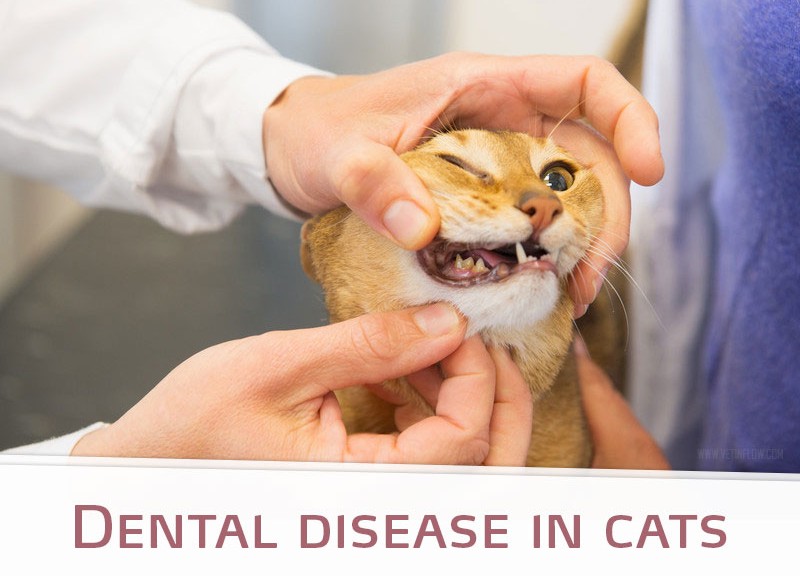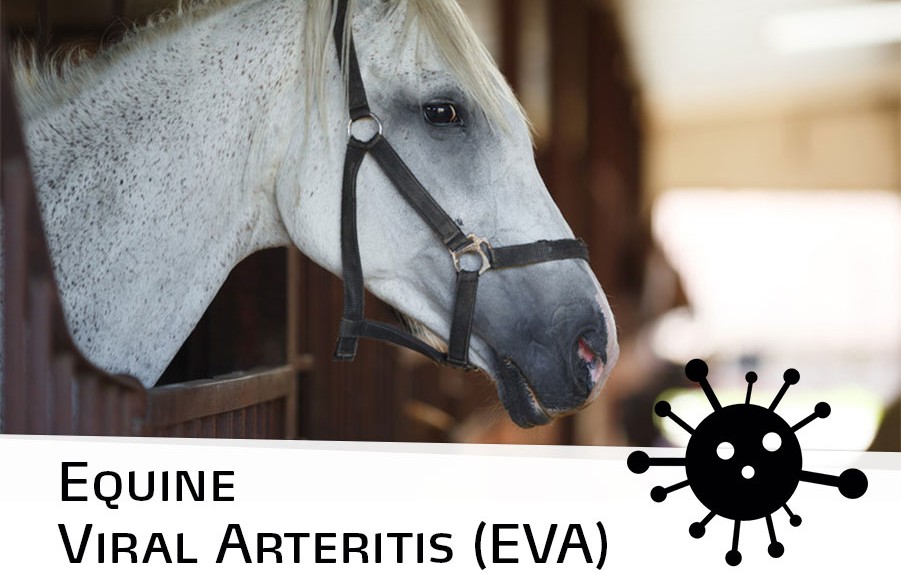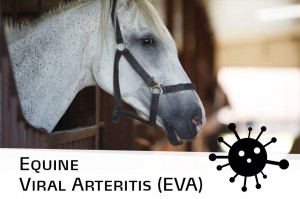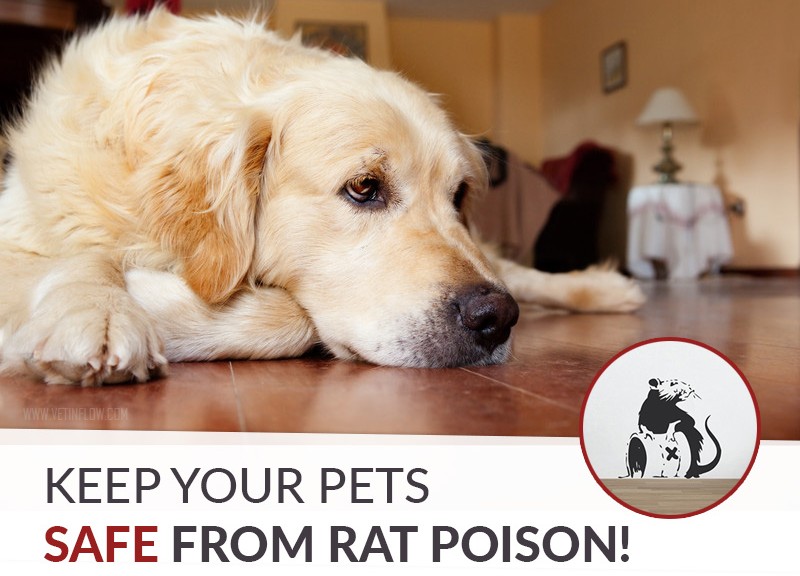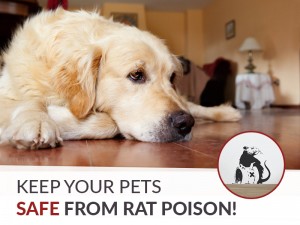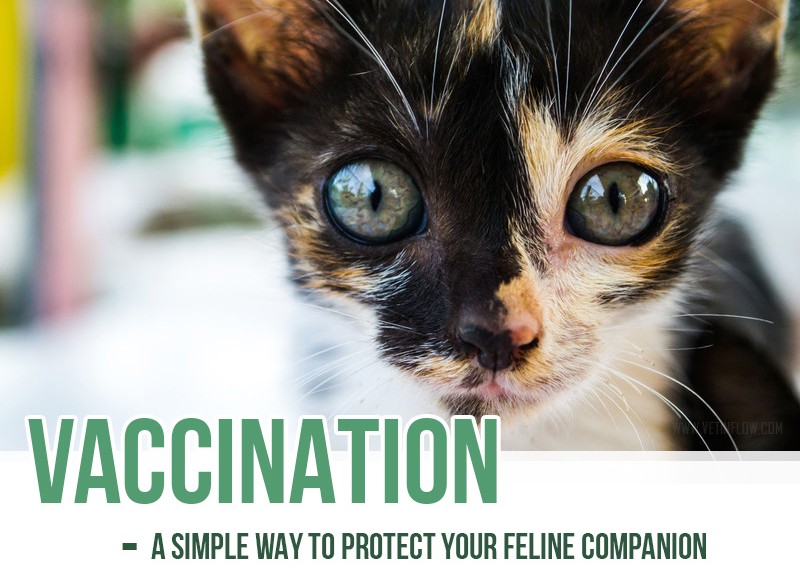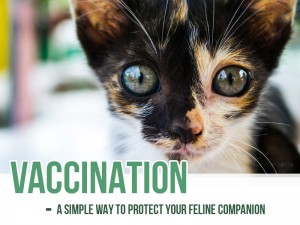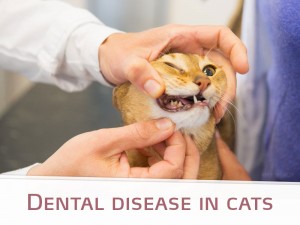 Did you know that cats can also have dental problems? Unfortunately dental disease can affect cats of all ages and is actually quite common, especially in older cats. It is thought thatmore than 80% of cats over three years old have some type of dental disorder.
Did you know that cats can also have dental problems? Unfortunately dental disease can affect cats of all ages and is actually quite common, especially in older cats. It is thought thatmore than 80% of cats over three years old have some type of dental disorder.
Dental disease starts with the accumulation of plaque, a film of bacteria that develops on the surface of a cat’s teeth. This happens to humans too but the development of this film is usually stopped because humans brush their teeth. In cats, plaque gradually becomes thicker and eventually a soft grey or yellowish substance covers the tooth surface.
As time goes by tartar or calculus starts forming and becomes very easy to see. Calcium starts depositing in the plaque layer making it darker and harder. Tartar appears as a yellow or brown crust substance usually seen at the gum edge of your cat’s teeth. At this stage tartar can only be removed with veterinary assistance and under anaesthesia.
The formation of plaque and tartar will cause gingivitis, an inflammation of the gum surrounding the tooth. Over time this inflammation will affect the ligaments surrounding the tooth, eventually leading to permanent tooth loss.
Periodontal disease will not only cause pain and discomfort to your pet but it will also become a source of infection that can spread to other organs such as the kidneys or the heart. Cats can also suffer from many other dental conditions such as stomatitis (an inflammation of the oral cavity), tooth fractures (common in cats that have suffered trauma), excessive tooth wear, etc.
Owners may not always notice that their feline companions are suffering from dental disease since they will naturally try to hide any signs of discomfort. However, over time, clinical signs of dental disease become harder to hide. Cats that are struggling with oral disease will often have bad breath, eat less and lose weight as a consequence, dribble (sometimes with blood) and they can even have trouble swallowing. Some cats may present obvious discomfort when they try to eat, vocalising or dropping the food from their mouths. They may also present red looking gums that may bleed easily and loose or missing teeth.
Brushing your cat’s teeth can help remove plaque and keep their gums healthy. However, it can be very difficult to brush a cat’s teeth especially if your cat has not been used to it from a young age. Dental disease is just one more reason for your pet to visit the vet for annual routine check-ups. You vet can help if treatment is necessary and give you good advice on what can be done to avoid these problems such as feeding your pet with a specially formulated diet.
Most dental conditions in cats are treatable and more importantly they are preventable!
Would you like to know more about cats? Check our Feline Courses:
